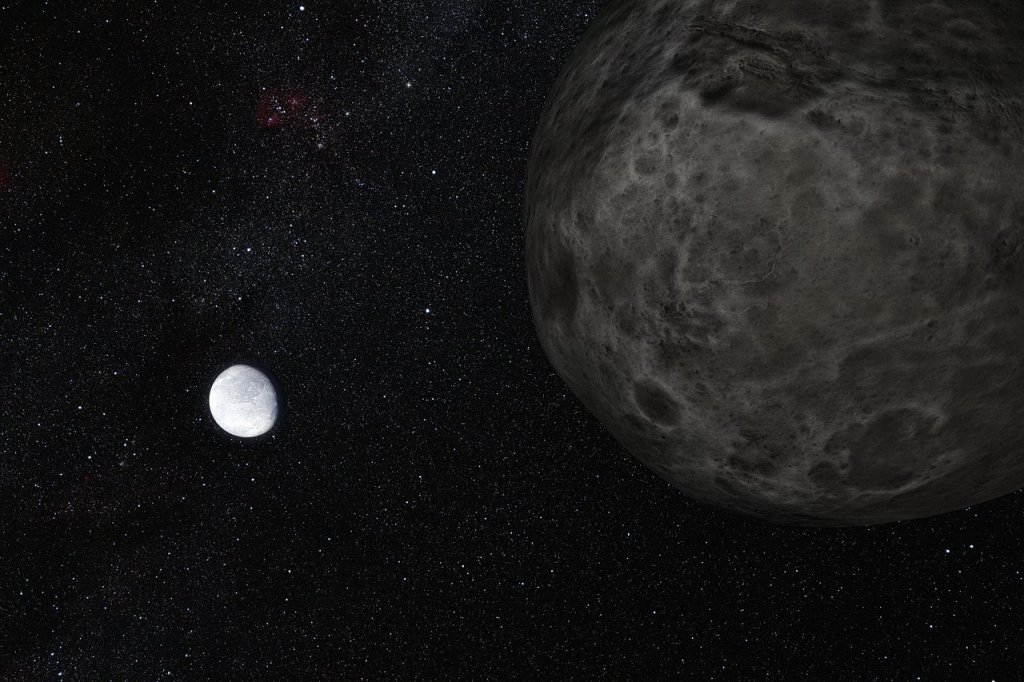Many space missions are aimed outwards, away from the center of our solar system into the deep unknown. Fewer are aimed inwards, because what else is there to explore? The Sun is a fiery ball of extraordinary mass that we likely have no hope of making contact with soon, but how close can we get? The The spacecraft works in tandem with other orbiters such as BepiColombo and STEREO-A to understand the evolution of solar wind as it travels through space. It recently completed its fifteenth close approach to the Sun. It is hoped that the PSP can help us better understand solar weather, which has adverse effects on satellites and electronics, and also why the corona is substantially hotter than the photosphere.
December 2025 S M T W T F S 1 2 3 4 5 6 7 8 9 10 11 12 13 14 15 16 17 18 19 20 21 22 23 24 25 26 27 28 29 30 31 Archives
- December 2024
- November 2024
- October 2024
- September 2024
- August 2024
- April 2024
- March 2024
- February 2024
- January 2024
- May 2023
- April 2023
- March 2023
- February 2023
- January 2023
- May 2022
- April 2022
- March 2022
- February 2022
- January 2022
- May 2021
- April 2021
- March 2021
- February 2021
- January 2021
- April 2020
- March 2020
- February 2020
- January 2020
- May 2019
- April 2019
- March 2019
- February 2019
- January 2019
- May 2018
- April 2018
- March 2018
- February 2018
- January 2018
- July 2017
- May 2017
- April 2017
- March 2017
- February 2017
- January 2017
- May 2016
- April 2016
- March 2016
- February 2016
- January 2016
- April 2015
- March 2015
- February 2015
- January 2015
- April 2014
- March 2014
- February 2014
- January 2014
- May 2013
- April 2013
- March 2013
- February 2013
- January 2013
- April 2012
- March 2012
- February 2012
Currently Used Categories
Tag Cloud
- astro201
- astro2110
- astrobiology
- astronomy
- blog1
- blog2
- blog3
- blog4
- blog5
- blog6
- blog7
- blog8
- blog9
- blog10
- brahe
- Class
- Comets
- Copernicus
- earth
- Europa
- extremophiles
- galilei
- galileo
- gravity
- history
- HW2
- HW6
- jupiter
- Kepler
- life
- Mars
- me
- Moon
- NASA
- Newton
- planets
- pluto
- saturn
- Solar System
- space
- technology
- telescopes
- tides
- Time
- Uncategorized














